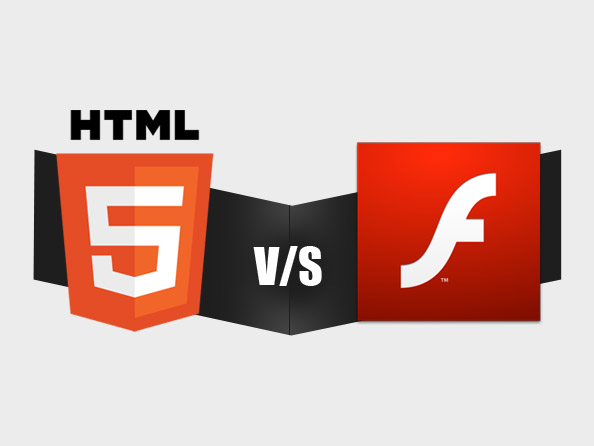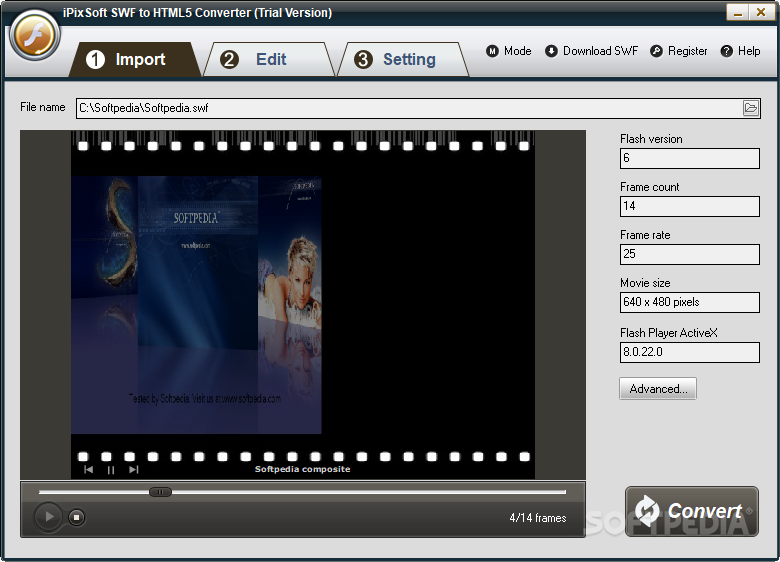

To do this we add a listener for the DOMContentLoaded event: document. Our excitement about HTML5 video has remained strong over the past four years. Moving to our JavaScript file, we’ll define a function called initialiseMediaPlayer() which we need to call when the document is loaded. From left to right and top to bottom: Firefox, Chrome, Opera, Safari, IE9, IE10 Initialisation

But first of all we need to initialise our player, which we do via JavaScript.ĭefault video controls vary from browser to browser. Advanced Capabilities Integrated Into a Single Platform. Open the video player webpage of the needed HTML5 video and copy the URL of this page. Flash content, including audio and video, will no longer play back in any. Copy & paste the HTML5 video URL and analyze it Here I take HTML5 video from YouTube as an example. Important: As of 2021, Adobe has ended support for the Flash Player plugin. It will take you to the New Download window. The div with the id of 'media-controls' will contain exactly what it says. Launch the HTML5 video downloader, select Downloader and press + New Download button. It's better to switch off the controls via JavaScript in case the user has JavaScript disabled. Notice we have set the controls attribute for the video element, even though we want to define our own control set.
#HTML5 VIDEO PLAYER UPDATE MP4#
There is also a video element, defined via two initial source elements: the test video is in MP4 and WebM formats. I won't be going into the CSS for the player in this article. As you can see, we're including a CSS file, which will contain the styling for our media player, and a JavaScript file, which will include the code controlling the player.


 0 kommentar(er)
0 kommentar(er)
